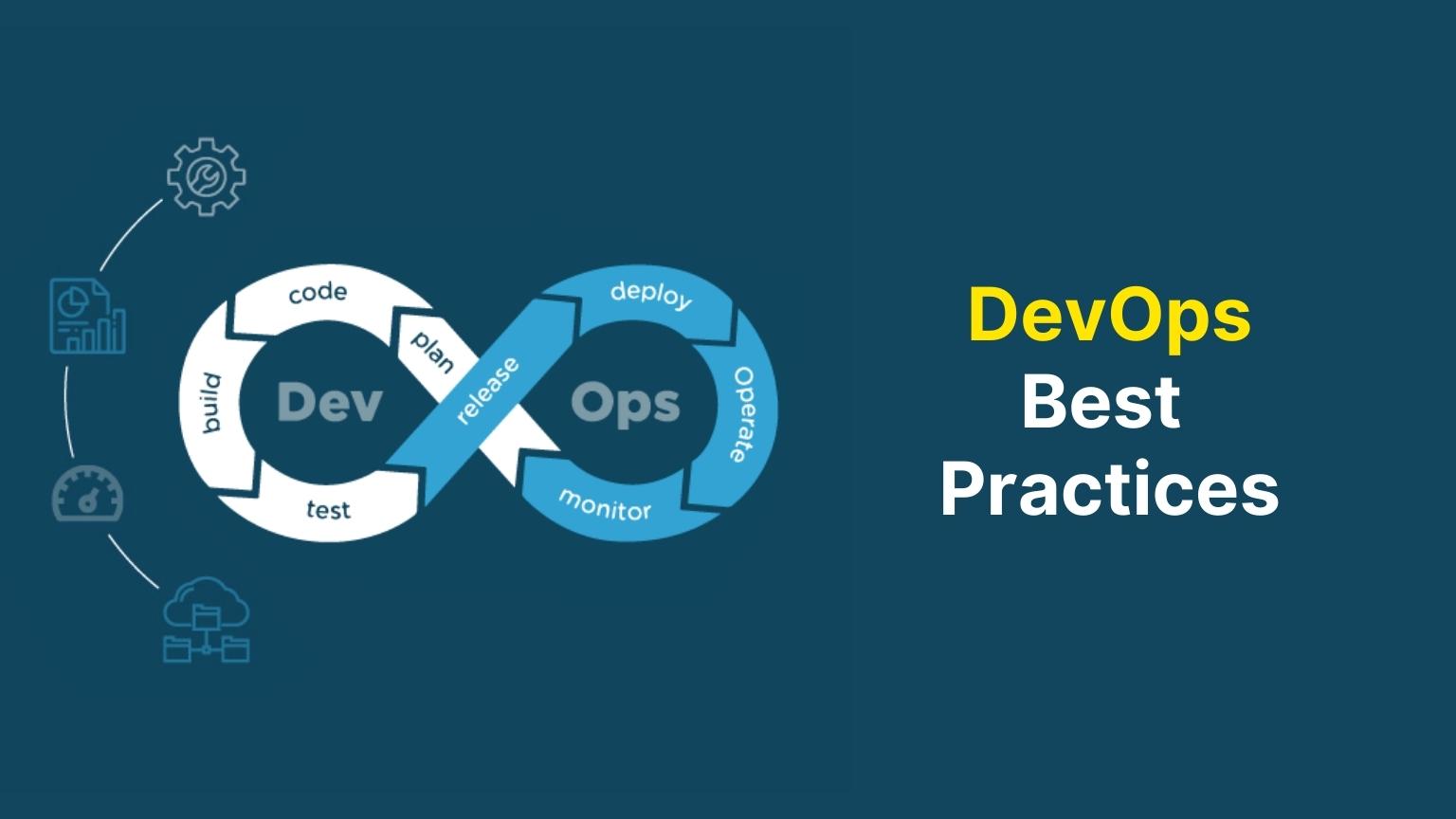“`html
Creating Custom EC2 User Profiles for Enhanced Cloud Management
With the growing complexity of cloud solutions, efficiently managing resources like EC2 instances is more critical than ever. A common challenge faced by developers and system administrators is creating custom profiles for different users in Amazon Web Services (AWS). The question on Stack Overflow highlights the need for separate profiles for EC2 users to streamline operations and enforce security best practices, ultimately leading to enhanced cloud management.
Understanding the Importance of Custom EC2 User Profiles
Custom EC2 user profiles serve as personalized environments for users, providing them with the appropriate permissions and access levels tailored to their roles. This is crucial for several reasons:
- Security: Reducing the risk of unauthorized access.
- Efficiency: Streamlining operations by ensuring users have the necessary tools and permissions.
- Accountability: Tracking actions to specific users.
Steps to Create Custom EC2 User Profiles
Here’s a step-by-step guide to creating tailored EC2 user profiles within AWS:
1. Setting Up IAM Roles and Policies
IAM, or Identity and Access Management, is AWS’s solution for defining permissions. Follow these steps:
- Access the IAM Console.
- Select Create Role.
- Choose EC2 as the AWS service that will use this role.
- Attach the policy that defines what actions are permissible.
- Name the role and review it to ensure it meets your specifications.
2. Deploying Specific Profiles via AWS CLI
AWS Command Line Interface (CLI) is an invaluable tool for developers looking to automate and manage AWS services:
aws configure --profileaws ec2 describe-instances --profile
This setup allows different users to interact with AWS resources based on their assigned profiles.
3. Automating with IAM Policy JSON
For more powerful and flexible policy definitions, JSON can be used directly:
{
"Version": "2012-10-17",
"Statement": [
{
"Effect": "Allow",
"Action": "ec2:*",
"Resource": "*"
}
]
}
This example allows users to perform all EC2 actions, but in practice, you should tailor the policy to specific needs.
4. Implementing Multi-Factor Authentication (MFA)
MFA adds an extra layer of security to user profiles:
- Sign in to the IAM Console.
- Select Users then Security credentials.
- Activate MFA on your preferred device like a smartphone.
Best Practices for Custom EC2 User Profiles
Creating efficient and secure user profiles involves some best practices:
1. Principle of Least Privilege
Only provide the minimum necessary access that a user needs to perform their job functions. This minimizes potential damage from compromised accounts.
2. Use Tags for Resource Management
Tagging resources helps in monitoring and managing your EC2 instances efficiently. Use tags like Environment, Department, or Owner for easy identification.
3. Review and Audit Regularly
Routinely audit your IAM roles and policies to ensure that they still meet your requirements. Remove obsolete profiles and adjust policies as needed.
Troubleshooting Common Issues in EC2 User Profiles
Even well-planned setups can encounter challenges. Here’s how to address some frequent issues:
1. Permission Denied Errors
If users receive this error, verify that their IAM policy is properly attached and that it includes the required actions and resources.
2. AWS CLI Profile Misconfigurations
Check that the config and credentials files in the ~/.aws/ directory are correctly set up with the appropriate profile settings.
3. MFA Setup Problems
Ensure that the MFA device used is reliable and properly synchronized with the AWS account. Re-registering the device may solve persistent issues.
Conclusion
Creating custom EC2 user profiles is essential for harnessing AWS effectively. By following the outlined steps and adhering to best practices, organizations can secure their cloud environments and enhance operation efficiency. Remember, with the dynamic landscape of cloud solutions, regularly update your knowledge and practices. The official AWS Documentation is an excellent resource for keeping abreast of the latest tools and strategies.
With these strategies in place, managing AWS environments will be more intuitive, secure, and efficient for your organization.
“`





